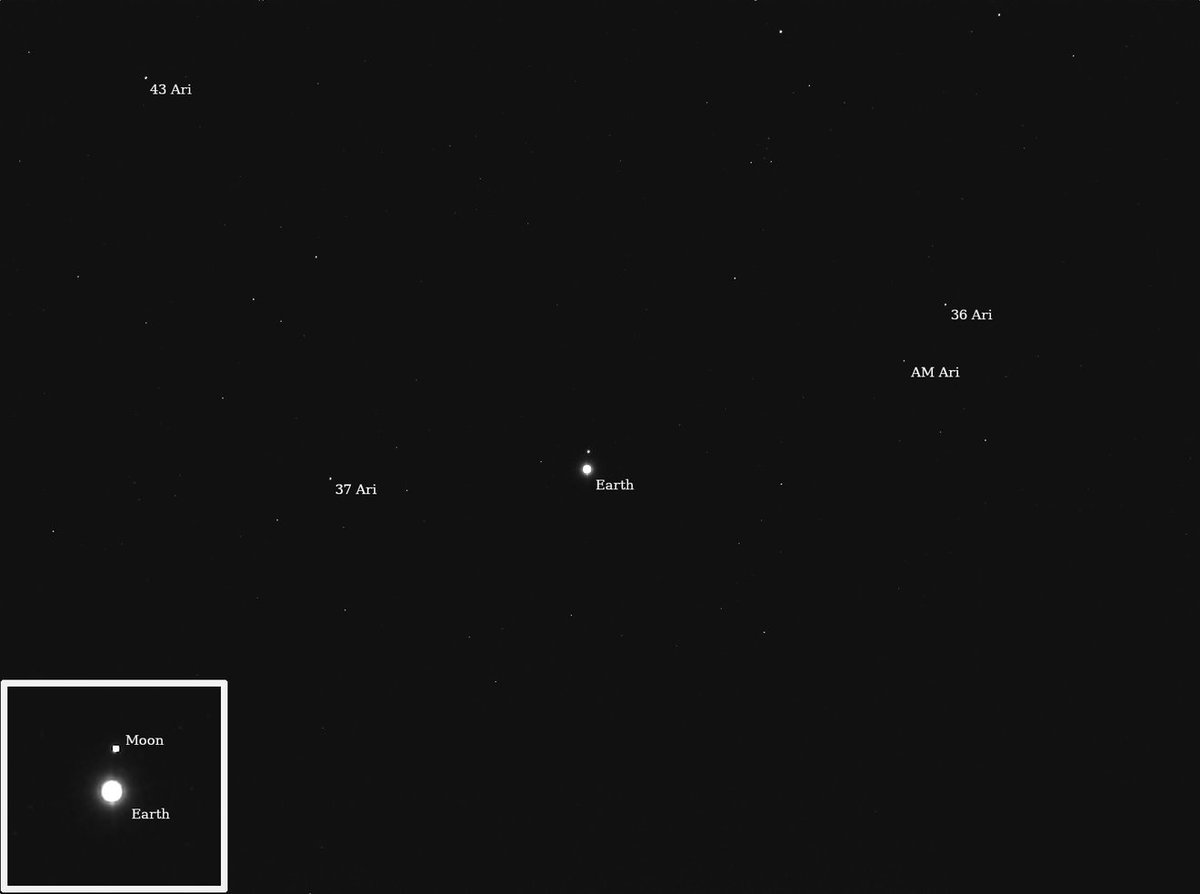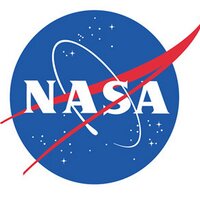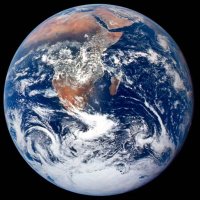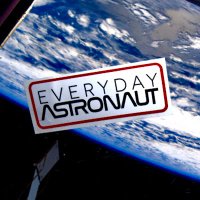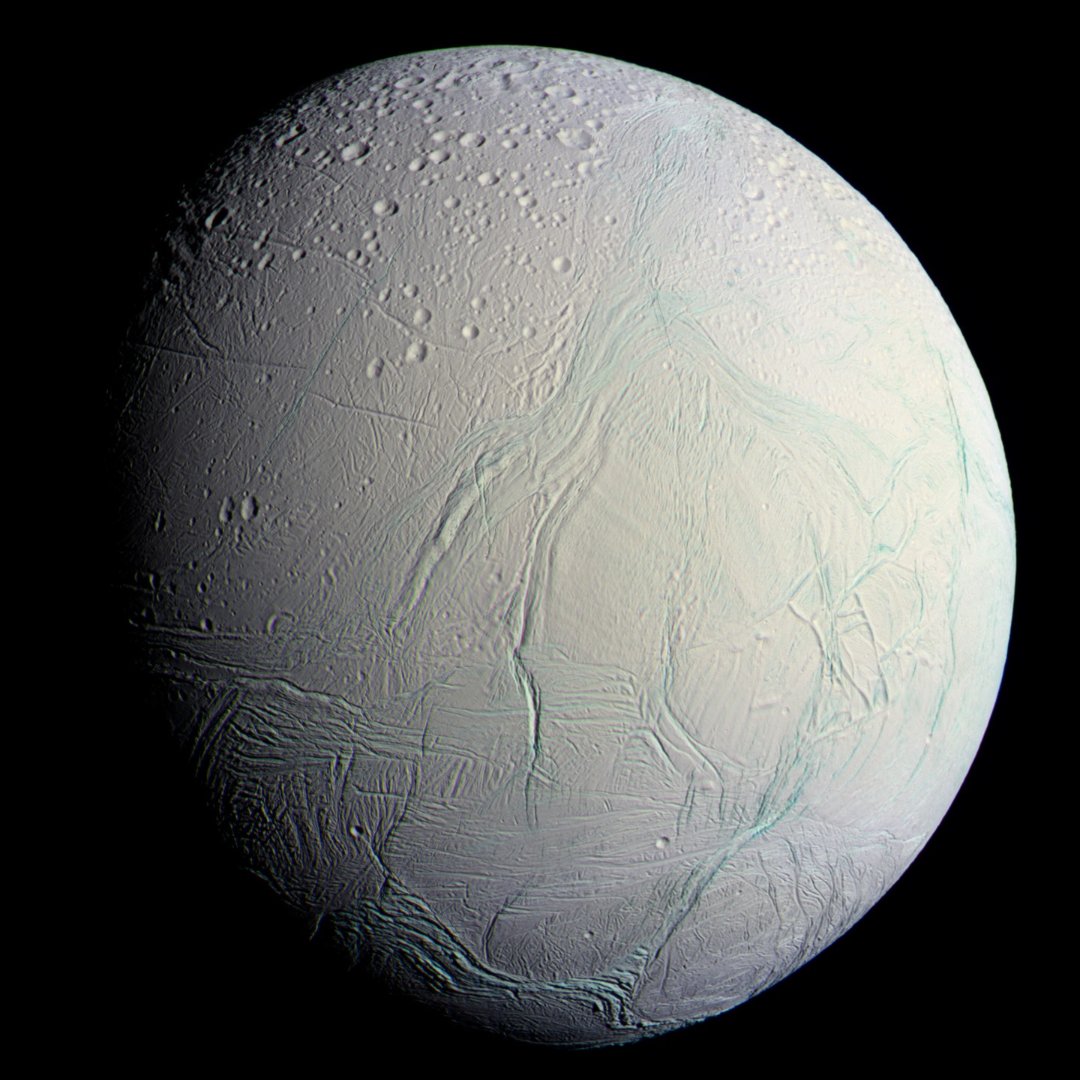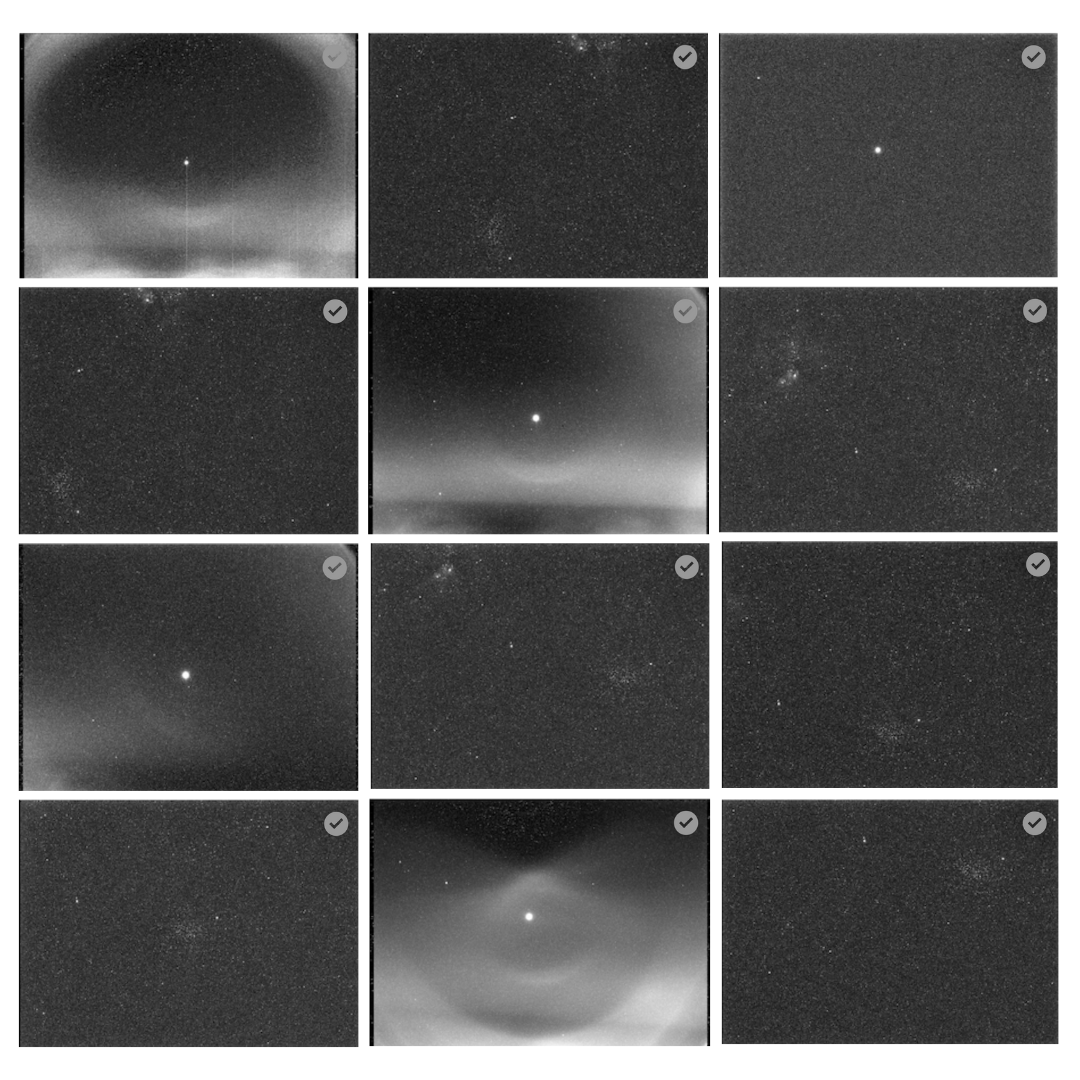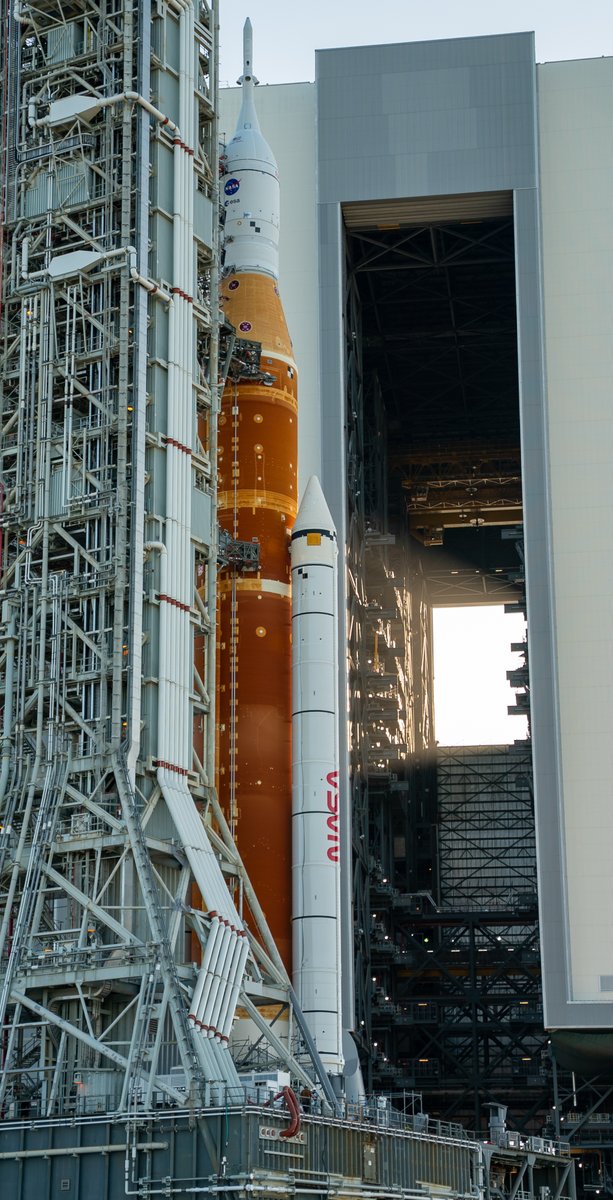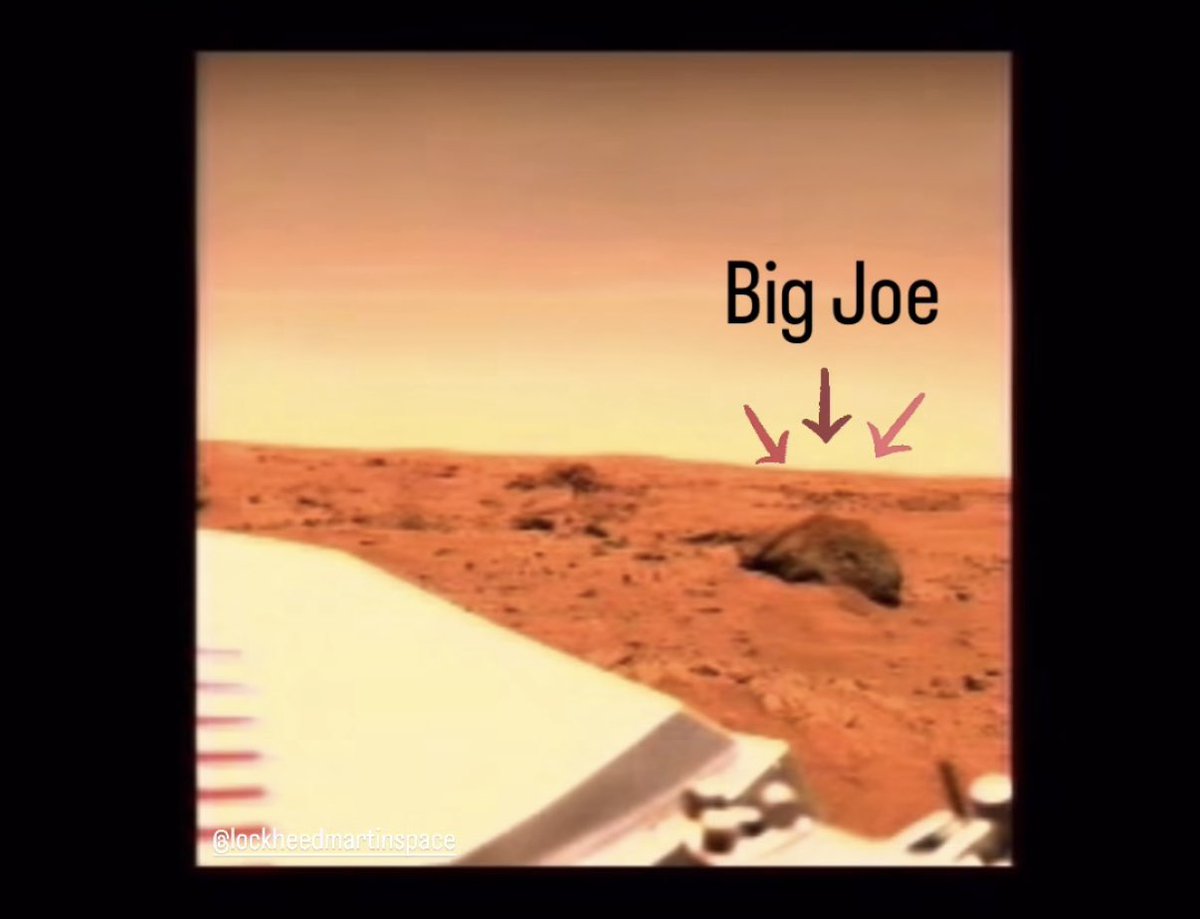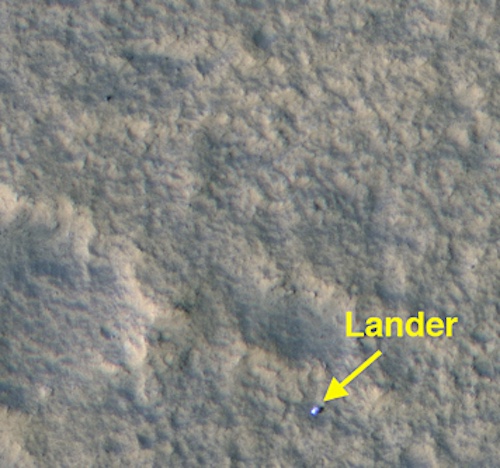
Riding with Robots
@ridingrobots
I impersonate some of your favorite spacecraft, planets, and the entire solar system on social media for a living. (Tweets here are entirely my own, though.)
ID: 14056532
28-02-2008 19:52:44
43,43K Tweet
12,12K Takipçi
1,1K Takip Edilen

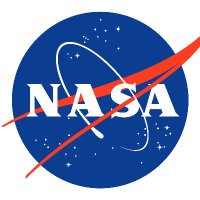
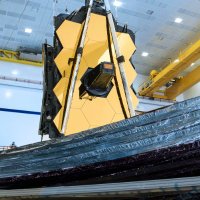

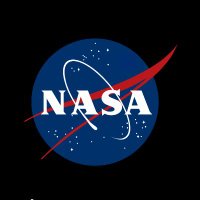
Couple goals: Even from 180 million miles away, Earth and the Moon look great together. Don't you think, NASA Artemis? During a recent camera calibration on its journey to an asteroid, our #MissionToPsyche spacecraft glimpsed our home world from afar. jpl.nasa.gov/news/nasas-psy…
